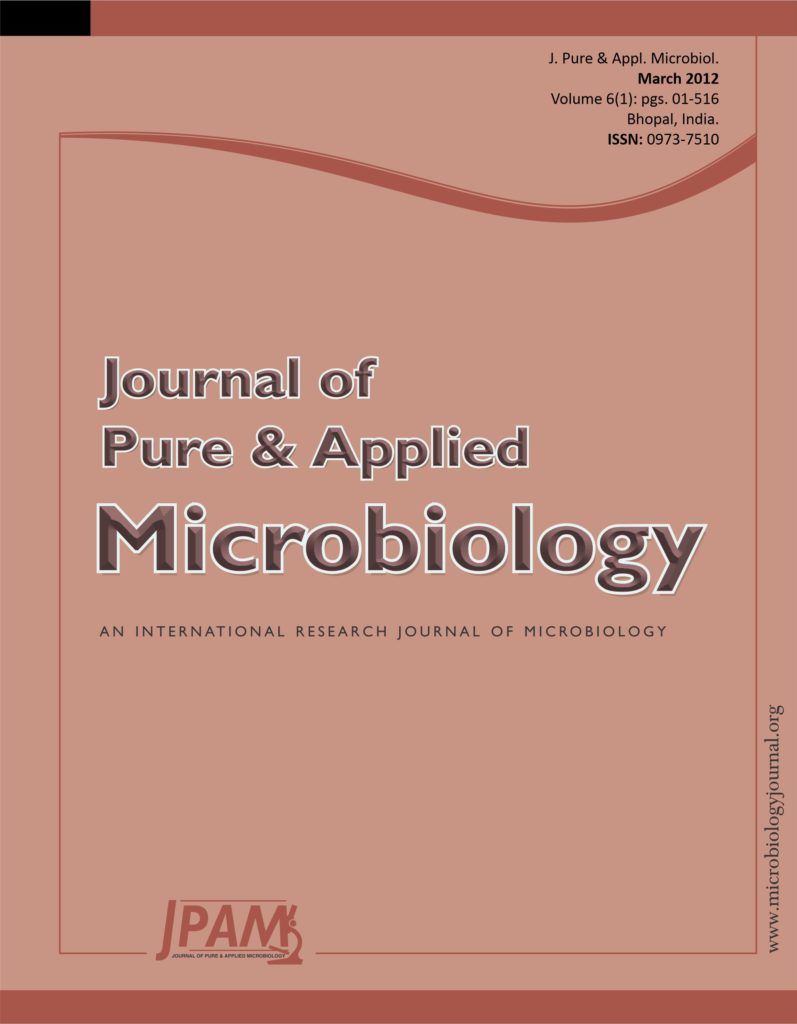Partially purified lipoxygenase (LOX) protein from papaya seedlings was incubated with linoleic acid and a-linolenic acid and the resulting hydroperoxides were monitored by high performance liquid chromatography. Invitro characterization of the LOX enzyme activity showed that it possesses both 9- and 13-LOX specificity, with a predominance for the 13-LOX function. The relative ratio of 13-hydroperoxy fatty acids to 9- hydroperoxy fatty acids was found to be 8:2. The hydroperoxy fatty acids were screened for their antifungal activity against phytophthora palmivora, the causative agent of phytophthora blight in papaya. The 13-hydroperoxides showed pronounced antifungal activity by inhibiting both the germination of sporangia as well as the growth of the mycelium.
Lipoxygenase, 13-HPODE, Phytophthora palmivora, Antifungal activity
© The Author(s) 2012. Open Access. This article is distributed under the terms of the Creative Commons Attribution 4.0 International License which permits unrestricted use, sharing, distribution, and reproduction in any medium, provided you give appropriate credit to the original author(s) and the source, provide a link to the Creative Commons license, and indicate if changes were made.


